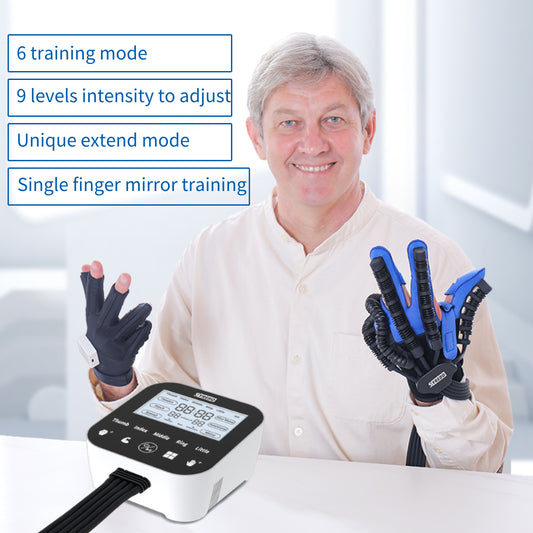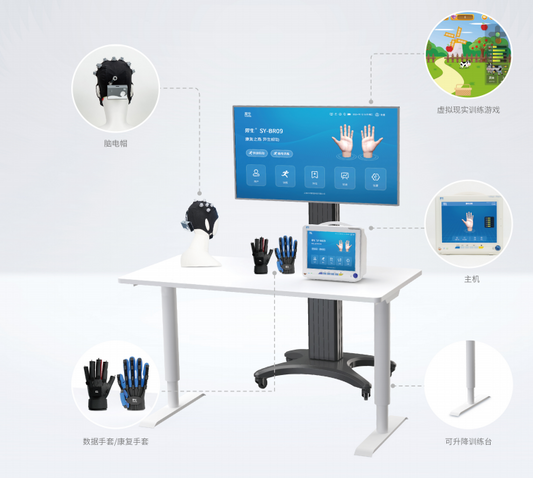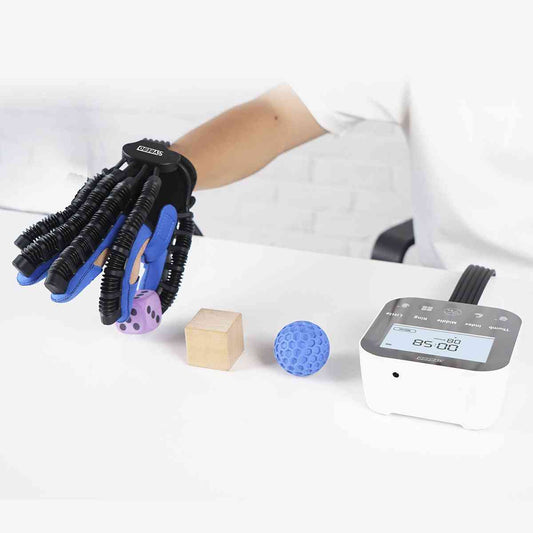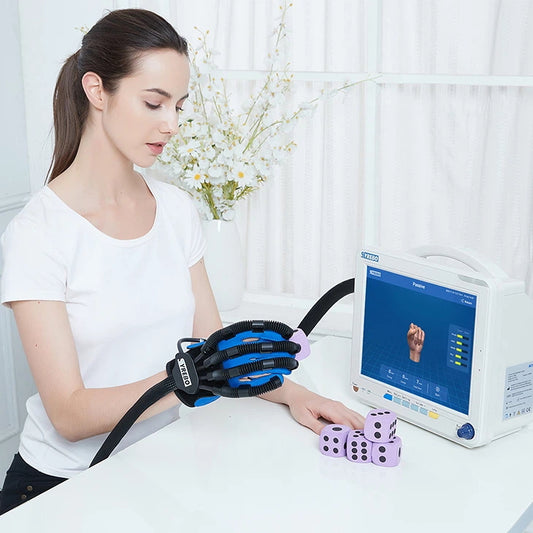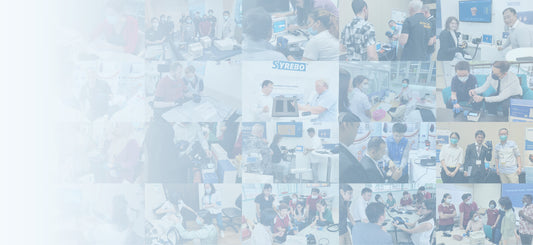How should stroke patients with cognitive dysfunction undergo rehabilitation?
Poststroke cognitive impairment is a clinical syndrome characterized by cognitive impairment that occurs after a stroke event and persists up to 6 months after the event. According to the severity of cognitive impairment, it can be classified as poststroke cognitive impairment without dementia or poststroke dementia, in which the ability to lead a life and work is severely impaired, and about 1/3 of stroke patients experience poststroke cognitive impairment.

Common manifestations of cognitive dysfunction
- Memory loss
Some patients experience significant memory loss when asked, "What did you have for breakfast?" "Who came to see you?" It is often difficult to have a clear recollection, and in more serious cases, the patient may not even remember what just happened.
- Sensory cognitive decline
For example, a doctor may ask a patient some simple questions during a room visit, take out a pen, and ask the patient, "What is this? This is a very simple question for a healthy person, but some patients will stammer for half a day and not be able to tell the reason. Some can answer correctly after half a day's thinking, but when the patient is further asked what color pen it is, the patient's expression is very wooden.
Common cognitive rehabilitation exercises
Early cognitive rehabilitation training can not only improve the cognitive dysfunction of post-stroke patients but also promote the recovery of patients' ability to do daily life activities. Generally speaking, the earlier the start of rehabilitation training, the better the effect; generally, 2-3 days after cerebral infarction or 3-5 days after cerebral hemorrhage, under the premise that the patient's vital signs are stabilized, the patient can be carried out according to the specific conditions of the rehabilitation training. The specific training methods are as follows:
- Attention training methods
- First, teach the patient to actively observe his or her surroundings, such as the location of the TV or radio or an open door. The content of attention can be varied from near to far, and the duration can be varied from short to long, starting with things that are of interest to the patient.
- Begin treatment in a quiet environment and gradually move to a more normal environment.
- When the patient's condition improves, gradually increase the treatment time and difficulty of the task.
- Memory training methods
- Repetition: The patient repeats what he or she remembers to deepen the memory. For example, complete description: What did I eat or do this morning?
- Mnemonics: The patient can use simple numbers or letters to associate and represent certain things; for example, when the therapist shows 1, the patient can remember, "I need to drink a glass of water.".
- Fixed places and things: For example, the patient puts clothes away and puts them on in the same order every day, and puts shoes on and off in the same place, so that the patient can familiarize himself with the places where things are kept, and it will be easier to find them when needed.
- Record important information in a notebook. For example, the names of new people you meet and where important things are kept can be recorded in a notebook, so that you can look in the notebook when you cannot remember.
- Setting an alarm: If the patient has something important to do today but is afraid of forgetting it, You can set an alarm clock and write the to-do list on a small piece of paper next to it. This will remind the patient what to do at what time.
- Directionality Training Methods
Directionality training can be used when the patient is unable to recognize people, places, or times and when there are signs of disorientation, such as a lack of clarity about one's age or name. Tools such as diaries, calendars, charts, and reminder cards can be used. For example, show the patient the year, month, and day on a calendar or make a special chart every day to help the patient remember the time; show the patient the weather outside or what people are wearing; and repeatedly prompt the patient with some interesting or characteristic messages to help the patient remember the necessary people or places.
These methods require constant training in order to continue to consolidate and deepen the patient's memory and enhance the effectiveness of the treatment. Different stimulation or therapeutic measures should be given for different conditions of the patient, and it is good to find the most suitable way. Syrebo stroke recovery tools and equipment also will be helps. You may find something that really works for you by browsing our online shop.


